Wild Crime - Season 2
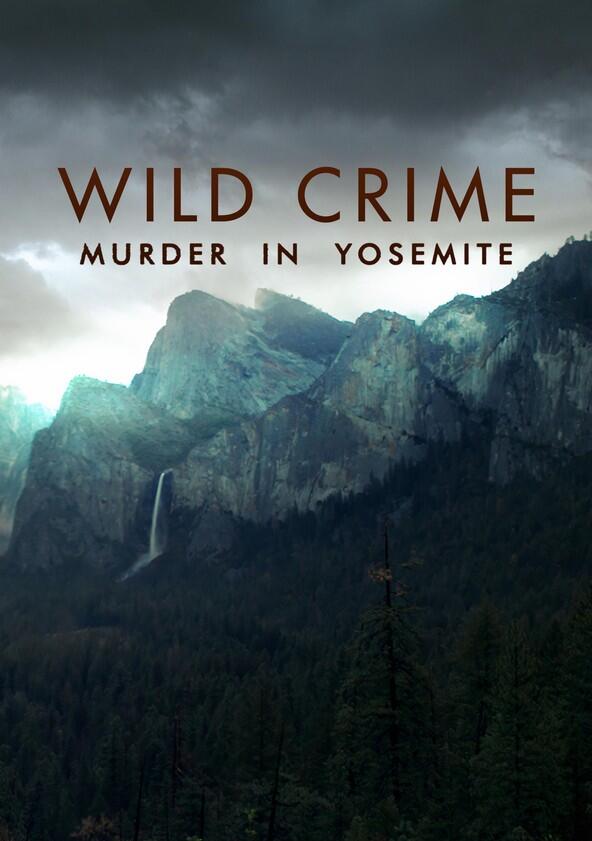
Season 2
Murder in Yosemite
In 1983 a tourist discovered a woman's decaying hand in Yosemite National Park. There were no missing person reports or additional remains found, which sparked questions amongst National Park Service criminal investigators Don Coelho and Kim Tucker about who this "Jane Doe" was and if she was murdered. As they searched for answers, Coelho and Tucker are contacted about a notorious Texas serial killer who is claiming to be behind the homicide, but without the victim's identity and more evidence, the killer couldn't be prosecuted. The case went cold until four decades later when rookie agent Cullen Tucker, the son of Kim Tucker, identified "Jane Doe" using new DNA science. Over the course of four one-hour episodes, "Wild Crime" season two unravels the truth about "Jane Doe's" identity and what detectives think happened to her and features exclusive interviews with the victim's close friends and the detectives on the case who reveal alleged details about the multiple alleged suspects behind her death and her time in a purported cult in a gateway town outside of Yosemite.

Episodes
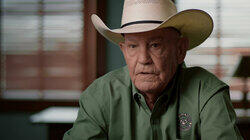
A Gruesome Discovery
In 1983, visitors to Yosemite National Park found a decaying human hand in Summit Meadow. Investigators Don Coelho and Kim Tucker work for months but find no clues, no missing person reports or other remains. Then suddenly, they learn Henry Lee Lucas, a Texas serial killer, is saying he killed victims in a California national park. As Lucas claims more and more murders, Don and Kim begin looking at him for their case and prepare to meet and interview Lucas in person.
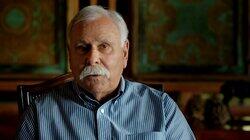
A Suspect?
Serial killer Henry Lee Lucas tells Don and Kim he strangled a female hitchhiker in Yosemite. Details appear to match the death in Summit Meadow, and they find evidence Lucas described. But after months with no progress on the investigation, Kim is reassigned, and with no new leads, the case grows cold. Don eventually takes a new job, and with no victim identity or new evidence, Lucas won't be prosecuted. Lucas had confessed to hundreds of murders, but then scores of his confessions were proven false, adding more doubt. Kim moves on and has twins, a boy and a girl. With no leads, the Summit Meadow case is at a standstill.
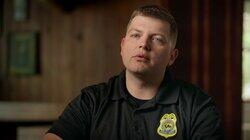
The Skull
Four years after the Summit Meadow case went cold, hikers found a human skull. There's no proof it's related to the hand discovered earlier, but it allows for a facial reconstruction that shows what Jane Doe may have looked like. But that generates no leads. Decades pass; Kim Tucker's son Cullen is now an investigator and is assigned the case. Using new DNA science after almost 40 years, Jane Doe is finally identified! Now Cullen wonders how did she end up dead in Yosemite — and given it was likely murder, who did it?
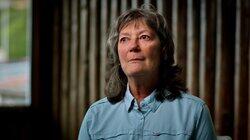
Answers
We meet Jane Doe's childhood friends and find out about her early life. After her brother's suicide, she began a spiritual quest and lived near Yosemite in a so-called cult. There she may have crossed paths with two other men who may have been involved in her death. Investigators name their most likely perpetrator.
Recently Updated Shows

The Creep Tapes
Based on a collection of videotapes in the secret vault of the world's deadliest and most socially uncomfortable serial killer, who hires his victims to film him for the day under false pretenses, each episode exposes a new victim from one of the fabled 'Creep Tapes'.

America's Funniest Home Videos
ABC's longest-running primetime entertainment show, America's Funniest Home Videos, returns for season 36 this fall with the same mission -- giving families something genuinely funny to enjoy together on Sunday nights.
"AFV," the longest-running primetime entertainment show in ABC history, returns for season 36 with the same mission - to provide viewers with hysterical moments that fly by at a dizzying pace.

The Real Housewives of Potomac
Just up the river from our nation's capital lies a hidden gem—Potomac, Maryland. Its rolling hills, gated mansions, sophisticated prep schools, and exclusive country clubs all serve to keep the area invitation-only. Sprinkled throughout this community are a handful of old-line, wealthy African-American families who have historically broken racial barriers to provide a life of privilege for their children. The Real Housewives of Potomac follows the upscale lives of six intriguing, well-to-do women: Gizelle Bryant, Katie Rost, Karen Huger, Charrisse Jackson-Jordan, Robyn Dixon, and Ashley Darby, all of whom have fought for their places in this society by way of legacy or marriage. In a town where entry is granted only through class, pedigree, and lineage, how far will these ladies go to secure their spot at the top of this prestigious circle?

The Traitors Canada
Follow a group of contestants – including some familiar faces – who live together as they complete a series of challenges with the goal of earning a cash prize. The catch? Some of the contestants are traitors who will attempt to deceive and manipulate their way to the prize instead of sharing it amongst the group. In this psychological adventure will the traitors be unmasked in time?
